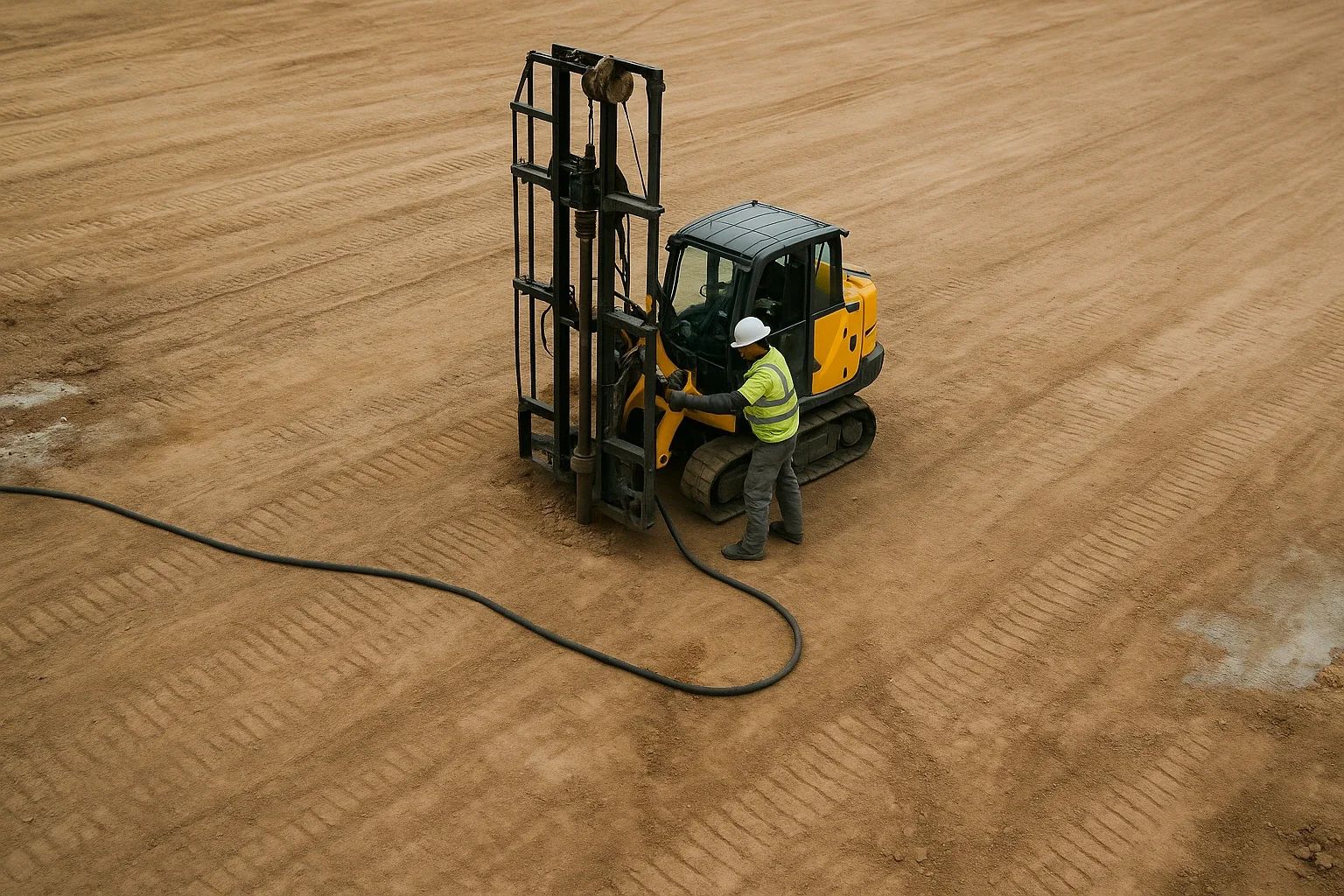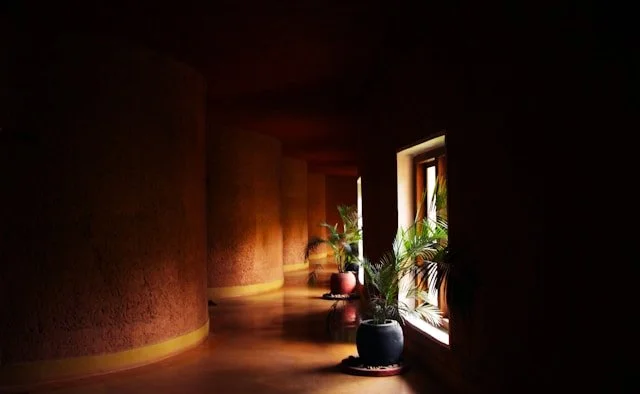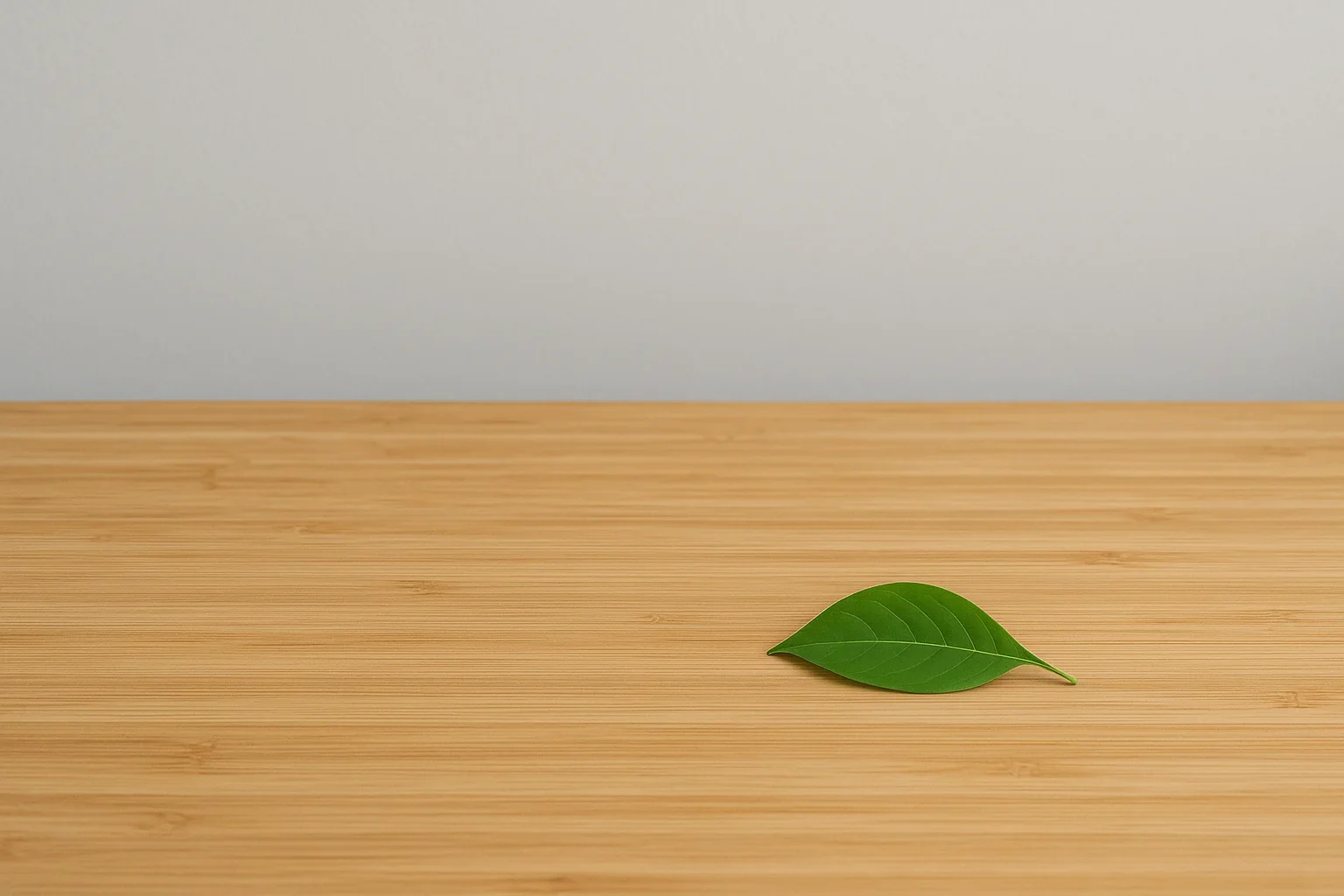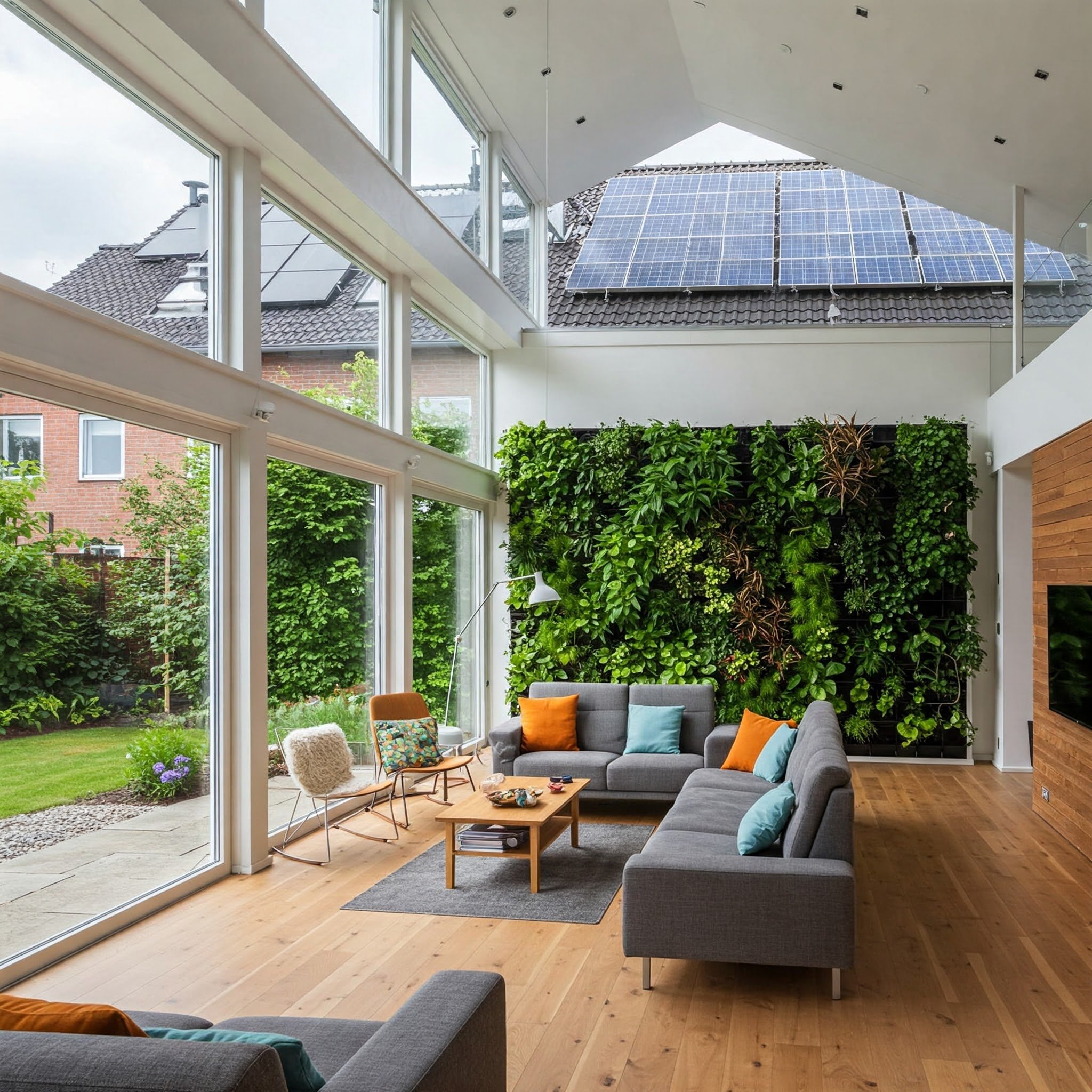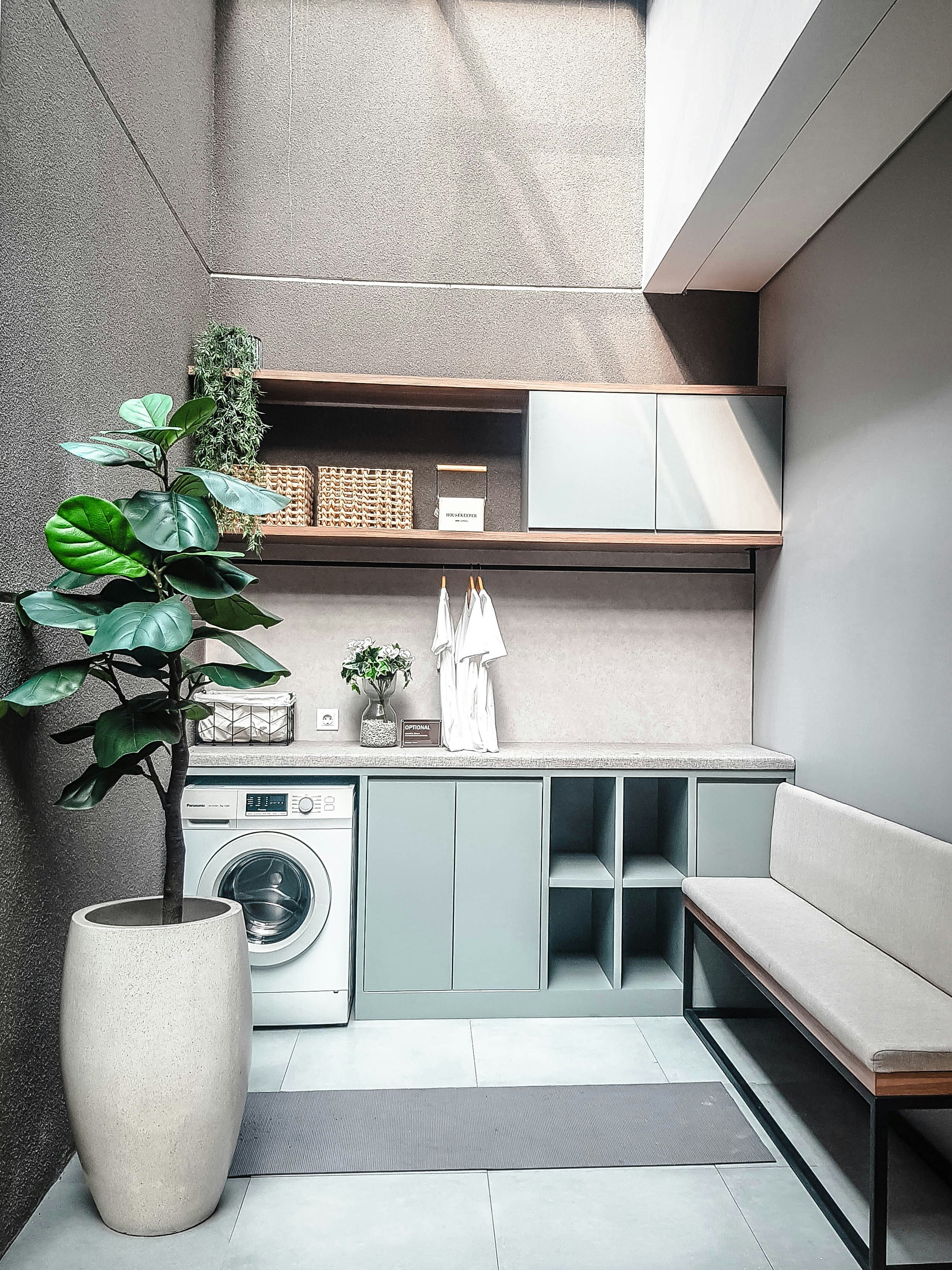Eco-Friendly Flooring Choices for a Stylish Home Retreat
Explore eco-friendly flooring options that combine sustainability with style, creating a comfortable and chic retreat right in your own home.
Eco-conscious homeowners are increasingly seeking sustainable flooring solutions. This trend is driven by a desire to reduce environmental impact while maintaining style and comfort in living spaces. Understanding the benefits of eco-friendly materials can transform your home into a haven of sustainability.
Choosing eco-friendly flooring is more than just a trend; it's a commitment to sustainability and style. By integrating environmentally responsible materials, you enhance the aesthetics of your home while contributing positively to the planet. As you explore the world of sustainable flooring, consider options like bamboo, cork, and reclaimed wood for their minimal environmental footprint. These materials not only offer durability but also bring a unique character to your home, embodying both elegance and eco-consciousness. Incorporating carpet hawaii into your design can provide an additional layer of comfort and insulation without compromising on sustainability.
Benefits of Sustainable Flooring
Sustainable flooring offers numerous advantages that extend beyond environmental benefits. One primary advantage is the health impact on indoor air quality. Traditional flooring materials often contain volatile organic compounds (VOCs) that release harmful chemicals into the air. Eco-friendly options, such as natural linoleum or cork, are free from these pollutants, promoting a healthier living environment for you and your family.
Additionally, sustainable flooring is known for its durability and longevity. Materials like bamboo are incredibly resilient, often outperforming traditional hardwood in terms of wear and tear. This durability means less frequent replacements, reducing waste and further conserving resources. By investing in high-quality sustainable materials, you ensure that your floors will stand the test of time while maintaining their aesthetic appeal.
From an economic perspective, choosing eco-friendly flooring can also lead to long-term savings. While the initial investment might be higher than conventional options, the reduced need for replacements and repairs offsets this cost over time. Moreover, many sustainable materials are sourced from rapidly renewable resources or recycled content, minimizing their environmental impact and making them a conscientious choice for any homeowner.
Environmental certifications also play a crucial role in sustainable flooring choices. Many eco-friendly flooring options come with recognized certifications like LEED (Leadership in Energy and Environmental Design) or GreenGuard, which verify their environmental credentials. These certifications ensure that the materials meet strict standards for sustainability, from manufacturing processes to end-of-life disposal. This transparency allows homeowners to make informed decisions while contributing to broader environmental conservation efforts.
Exploring Eco-Friendly Options
The variety of eco-friendly flooring materials available today provides ample choices to suit any decor style or preference. Bamboo is a popular option due to its fast growth rate and strength comparable to traditional hardwoods. Its natural aesthetic can complement both modern and rustic interior designs. Similarly, cork offers unique properties such as natural insulation and cushioning, making it comfortable underfoot while adding a distinctive texture to your space.
Reclaimed wood is another excellent choice for those looking to incorporate sustainability into their homes without sacrificing style. This material gives new life to wood that would otherwise be discarded, preserving its character and history while reducing demand for new timber. Its rich patina adds warmth and depth to any room, creating a timeless look that's as beautiful as it is environmentally friendly.
Incorporating carpet hawaii into your design can provide an additional layer of comfort and insulation without compromising on sustainability. Made from natural fibers or recycled materials, this type of carpet aligns with eco-conscious practices while offering versatility in patterns and textures to enhance any interior space.
Natural stone flooring represents another sustainable option that combines durability with timeless appeal. Materials like slate, limestone, and travertine are quarried from the earth and require minimal processing, reducing their environmental impact. These stones can last for generations when properly maintained, making them an excellent investment for environmentally conscious homeowners. Their natural variations in color and texture create unique patterns that add character to any room while maintaining their eco-friendly credentials.
Sourcing Responsibly
Responsible sourcing is crucial when choosing sustainable flooring materials to ensure they truly benefit the environment. This involves selecting products from suppliers who adhere to ethical production practices and prioritize resource conservation. Look for certifications such as the Forest Stewardship Council (FSC) label when purchasing wood products to guarantee they come from responsibly managed forests.
For products like bamboo or cork, it's important to understand how they are harvested and processed. Bamboo grows rapidly without the need for pesticides or fertilizers, making it an inherently sustainable choice when sourced correctly. Cork is harvested from the bark of cork oak trees without harming them, allowing these trees to continue absorbing carbon dioxide as they regenerate their bark over time.
Carpet hawaii can be ethically sourced by opting for manufacturers who use eco-friendly dyes and processes. This ensures that your flooring contributes positively not only to your home's ambiance but also to global efforts in reducing carbon footprints through conscious consumer choices.
Local sourcing is another important aspect of responsible flooring selection. Choosing materials from local suppliers not only reduces transportation emissions but also supports regional economies. Many areas have unique local resources that can be sustainably harvested for flooring, such as regional hardwoods or locally manufactured recycled materials. This approach creates a stronger connection between your home and its surrounding environment while minimizing the carbon footprint associated with long-distance shipping.
Stylish and Sustainable Living Spaces
Integrating eco-friendly flooring into your home decor can be both stylish and sustainable with thoughtful design choices. Begin by selecting complementary colors and textures that enhance existing furnishings while adding visual interest through layered materials like rugs or mats made from jute or sisal fibers.
The key lies in balancing functionality with aesthetics by choosing durable yet beautiful surfaces that reflect personal tastes alongside environmental values seamlessly within each room's overall scheme. For instance, pairing warm-toned reclaimed wood floors with vibrant area rugs creates inviting spaces full of character where family gatherings feel cozy yet chic all at once.
Your design choices should not only focus on aesthetics but also consider how different materials interact within each room's unique context—whether it's integrating plush carpets made from recycled fibers in bedrooms or using sleek bamboo planks across open-plan kitchens/living areas where durability meets modern elegance effortlessly every day!

